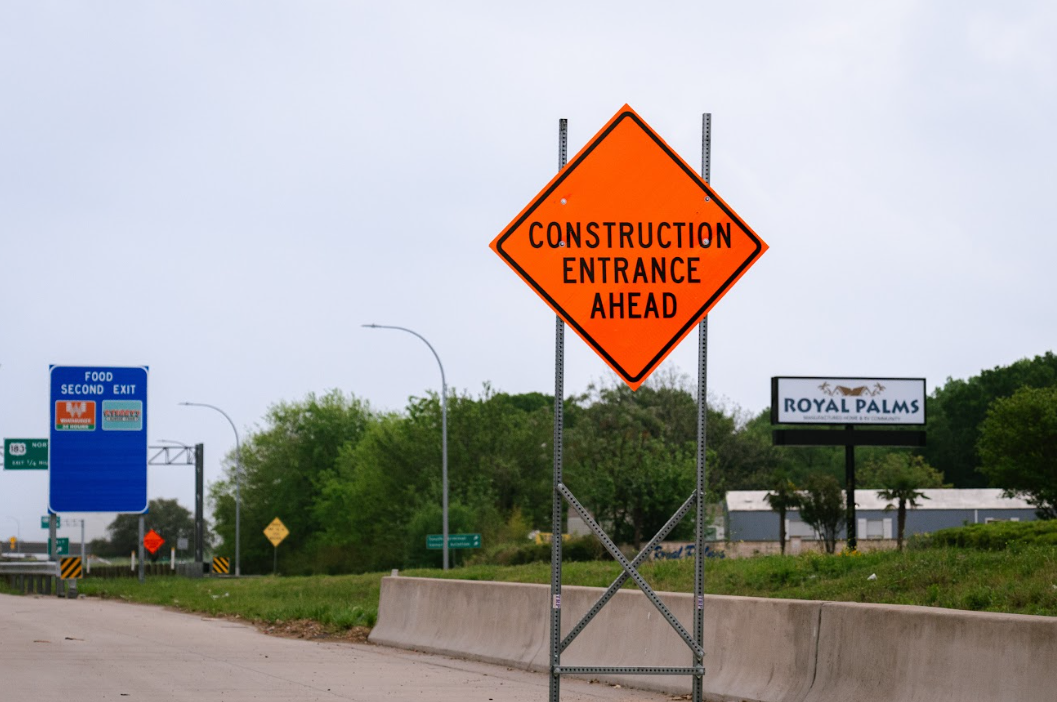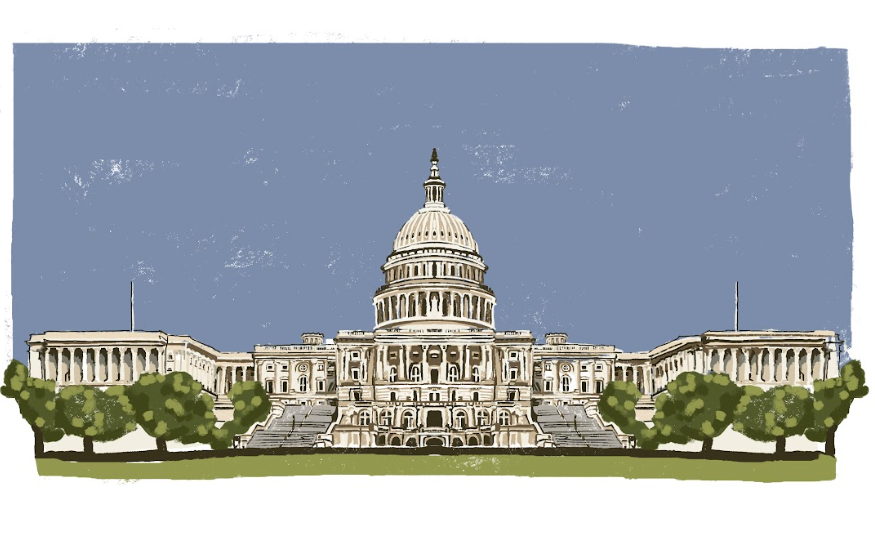For over 24 years straight, there have been no deathless days on Texas roadways. This year is no exception. Every single day, Texans have seen at least one headline of a new fatal accident. This is just the predictable symptom of the endless car-dependent infrastructure that plagues the state.
The Texas Department of Transportation has claimed to commit itself to breaking the streak with a $17 billion investment to widen pavement stripes and build more roundabouts. Still, none of these “solutions” address the root cause of fatal car crashes: car dependency.
Car dependency is the product of urban planning and design that heavily favors cars as the primary mode of transportation. Think of four-to-six-lane streets, 10-lane highways and endless seas of parking lots — not first picks for a nice evening stroll. Winding suburban neighborhoods of single-family homes and stand-alone businesses surrounded by parking spaces are additional signs of car-dependent design. This may start to sound familiar to many Texans, especially those who live in cities like San Antonio.
The Alamo City is rife with car-dependent infrastructure, and as a result, many of its residents need a car to get anywhere. This puts more people on packed roads and creates more opportunities for fatal crashes. People get distracted behind the wheel, speed or drive while impaired, and people end up dead because of it.
However, this concept is not getting through to city officials. They dump billions of taxpayer dollars into bulldozing neighborhoods to expand highways and widen streets. Urban sprawl is a top priority for city officials rather than infill since it is cheaper to buy and develop land far from city centers than to repurpose vacant lots within cities.
When a crash occurs every minute, an injury every two minutes and a preventable death every two hours, a change has to be made.
The Planning Commission of San Antonio holds public meetings on the second and fourth Wednesday of every month at 2 p.m. in the Board Room at 1901 South Alamo. Speak out against car-dependent development and the needless death it brings to communities. For those who cannot voice their concerns in person, the Planning Commission will accept email, mail and voicemail. Visit sanantonio.gov/DSD/Boards/Virtual for more details.










